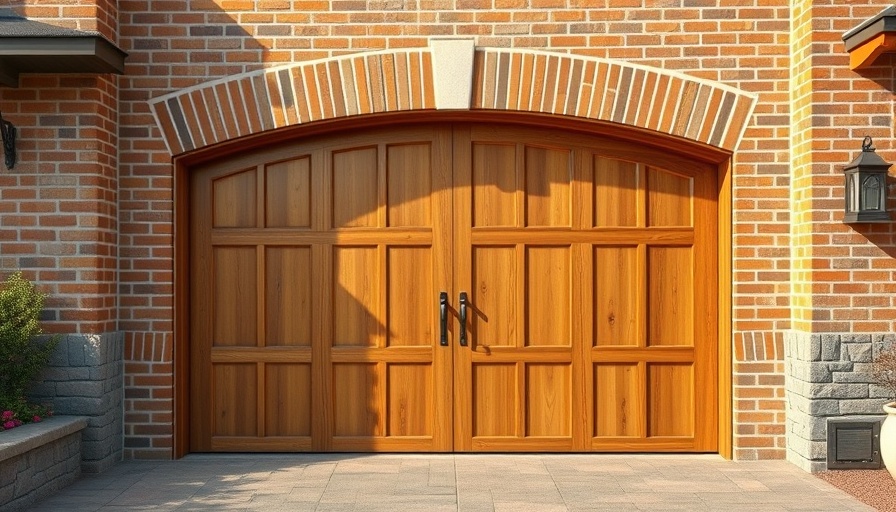
Understanding Common Garage Door Issues and Their Solutions
At some point, every homeowner will face the vexing dilemma of a malfunctioning garage door. Common issues such as it not opening, making strange noises, or getting stuck are frustrating but often easy to fix. This quick troubleshooting guide not only highlights typical problems but also provides actionable solutions to help ensure your garage door operates smoothly.
Garage Door Opener Remote Problems: Your First Step
If your garage door doesn’t respond when you press the remote, first check the batteries. A dead battery is often the silent culprit. Next, ensure there are no obstructions blocking the signal and that you’re within range. If all else fails, reprogramming the remote might be necessary. Ultimately, consistently maintaining the battery health can save you from future headaches.
Sounds of Trouble: Fixing a Noisy Garage Door
Many homeowners experience the annoyance of a loud garage door. If you hear grinding or squeaking sounds, it’s time to get some lubricant! Regular lubrication of rollers and tracks can eliminate those unwelcome noises. Additionally, if you detect popping sounds, it might indicate a torsion spring at risk of breaking; don’t hesitate to inspect or consult a professional.
Photocell Sensors: Keeping You Safe
The photocell sensors of your garage door opener play a crucial safety role, preventing the door from closing on objects. Dirt or misalignment can prevent them from working effectively. Regular cleaning and alignment checks can ensure they function properly, keeping your family and belongings safe.
Why Regular Maintenance is Essential for Your Garage Door
Preventive maintenance is the best strategy when it comes to garage doors. Just like a car, regular checks can mitigate bigger problems. Inspect the tracks, springs, and hardware for signs of wear and tear. Scheduling periodic maintenance checks with a professional during seasonal transitions can help identify issues before they escalate.
When DIY Isn't Enough: Seeking Professional Help
While many garage door problems can be tackled with DIY solutions, some issues require a professional touch. If you find the problem persists after your inspections or attempts at repair, don’t hesitate to call a garage door specialist. Their expertise can save you time and avoid potential safety hazards associated with high-tension components.
Summary: Keeping Your Garage Door in Top Shape
By understanding common garage door issues and implementing regular maintenance protocols, you can enhance the longevity of your garage door while reducing the risk of malfunction. Don’t wait until problems arise—being proactive can help you avoid costly repairs down the line. Looking for more tips on home improvement? Explore our resources for additional guidance!
 Add Row
Add Row  Add
Add 




Write A Comment